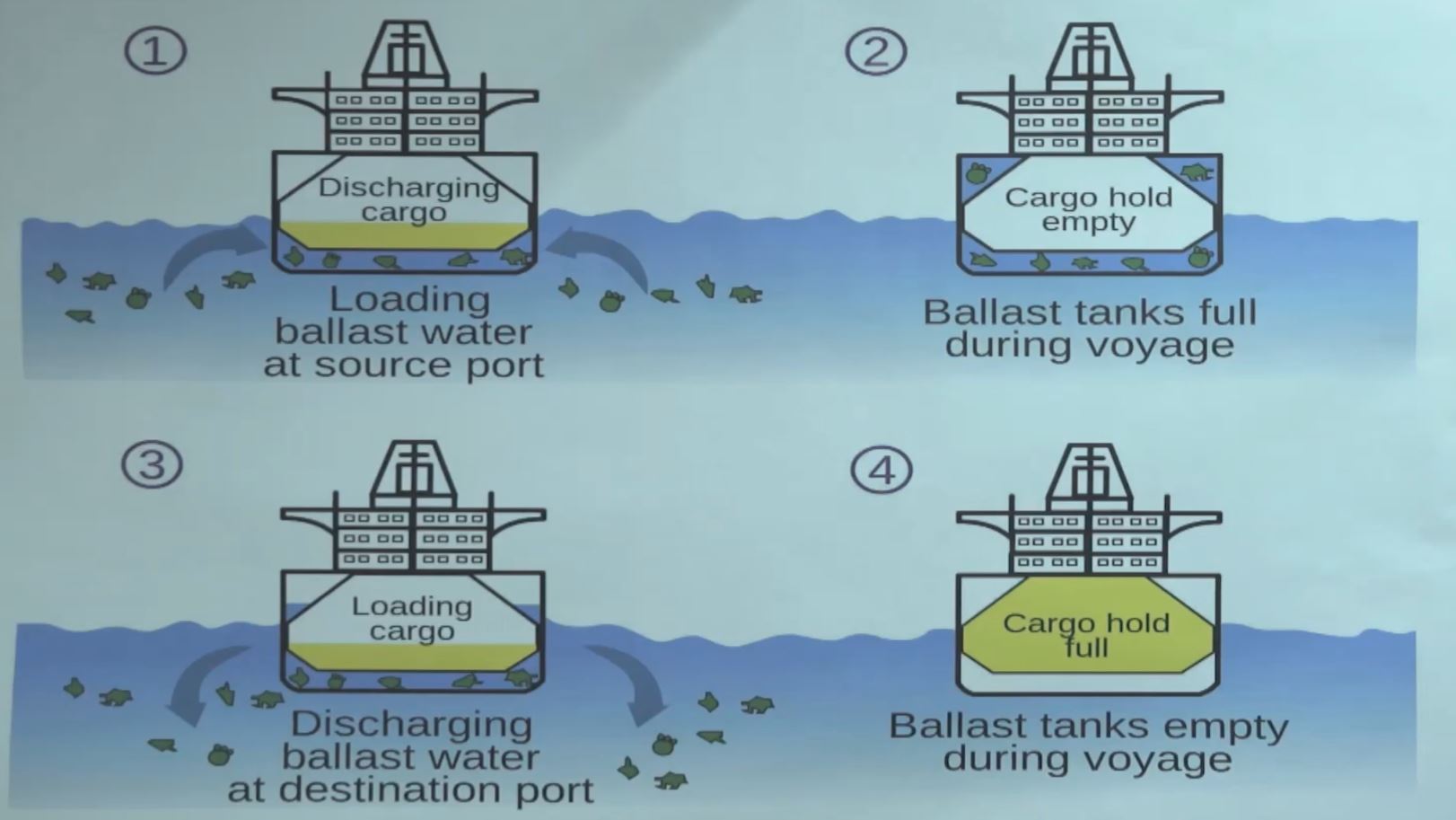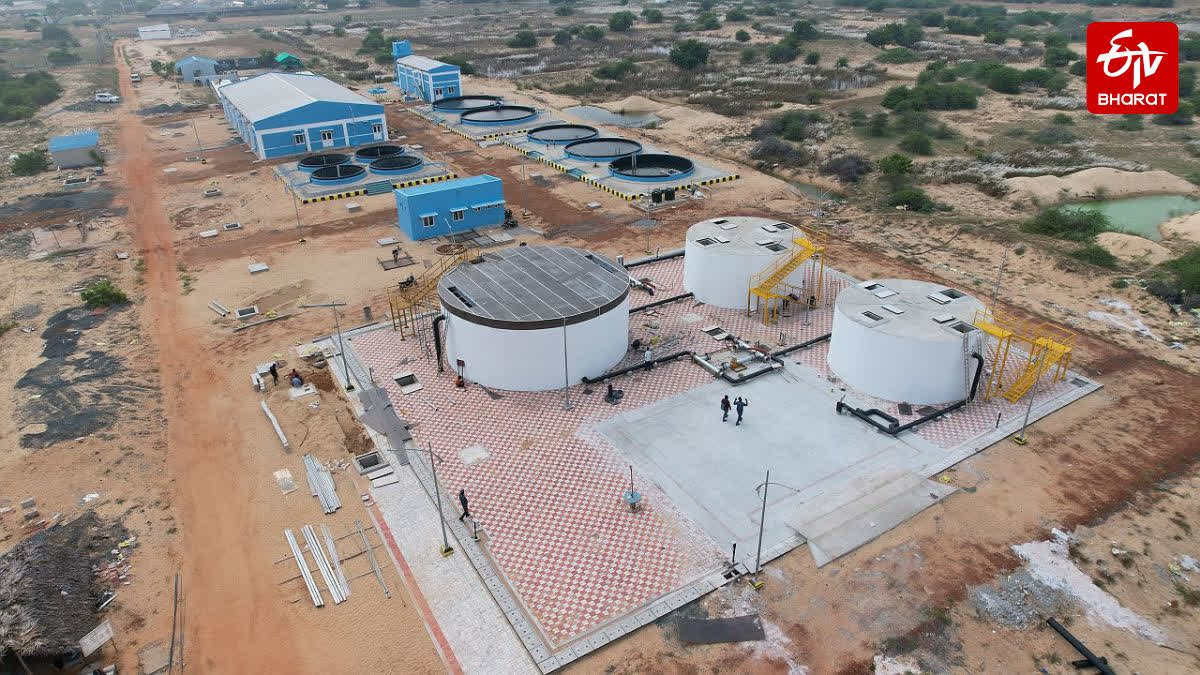Chennai: The National Institute of Ocean Technology (NIOT) has established a land-based Ballast Water Treatment Technologies - Test Facility (BWTT-TF) for testing and validation of ballast water, carried by ships in their ballast tanks to help them maintain stability, balance, and compensate for the weight change due to fuel consumption and different cargo loads. The BWTT-TF, designed to ensure compliance with international regulations of the Ballast Water Convention 2004, will also provide solutions for the development and testing of ballast water treatment technologies.
The need to treat Ballast Water
Transferring seawater from one location to another can introduce foreign microbes, causing significant changes to the marine environment. To address this, the International Maritime Organisation has mandated ballast water treatment to clean stagnant water and remove harmful biological material before it is discharged. In the future, only ships from compliant countries will be permitted to engage in international trade, according to the NIAID panel.
The BWTT-TF will treat the ballast water before it is released back into the sea to prevent the marine environment from changing. The facility, located in the NIOT Sea Front Site at Pamanji & Vagarru villages in Tirupathi District of Andhra Pradesh, aims to reduce the invasive aquatic species and enhance global marine biodiversity.
Talking to ETV Bharat, Dharani Gopal, head of the Marine Biotechnology Group at the National Institute of Ocean Technology, highlighted the ocean's vital role as the cradle of life and a resource provider for 3.5 million years. He emphasised the ocean's influence on human cultural, social, and economic evolution and noted India's progress in marine science and technology. The Marine Biotechnology Group plans to test and certify seawater treatment equipment.
Ballast Water Treatment Technologies - Test Facility
The ISO/IEC 17025:2017 accredited BWTT-TF facility by NIOT includes a 610 m³ feed tank and a 280 m³ test/control tank, both made of reinforced cement concrete with IMO-recommended internal coatings. It features six high-capacity ballast water pumps with a minimum flow rate of 200 m³/h, and can accommodate skid/container-mounted BWTS for various approvals.

According to IMO G8, D2 guidelines, input water must contain two size groups of marine organisms, each with at least five species from three different phyla. If natural densities are insufficient, standard test organisms should be used. NIOT, the autonomous institute under the Ministry of Earth Sciences, Government of India, has developed a facility to culture these organisms to meet the guidelines.
The NIOT BWTT-TF, strategically located on India's east coast, is the only tropical test facility accessing sea, estuary, and river water. It features advanced facilities for rearing test organisms, sophisticated NABL-accredited labs for water analysis, and ongoing environmental monitoring since 2015. High-density cultures of phytoplankton and zooplankton are maintained for testing purposes.
A 150-long trestle-based seawater intake system for drawing raw seawater with the natural assemblage of marine organisms from a charted depth of 3.0 m in the Bay of Bengal to feed the feeder tank of 610 m³ to supply and test and control tank of 225 m³ capacity.



